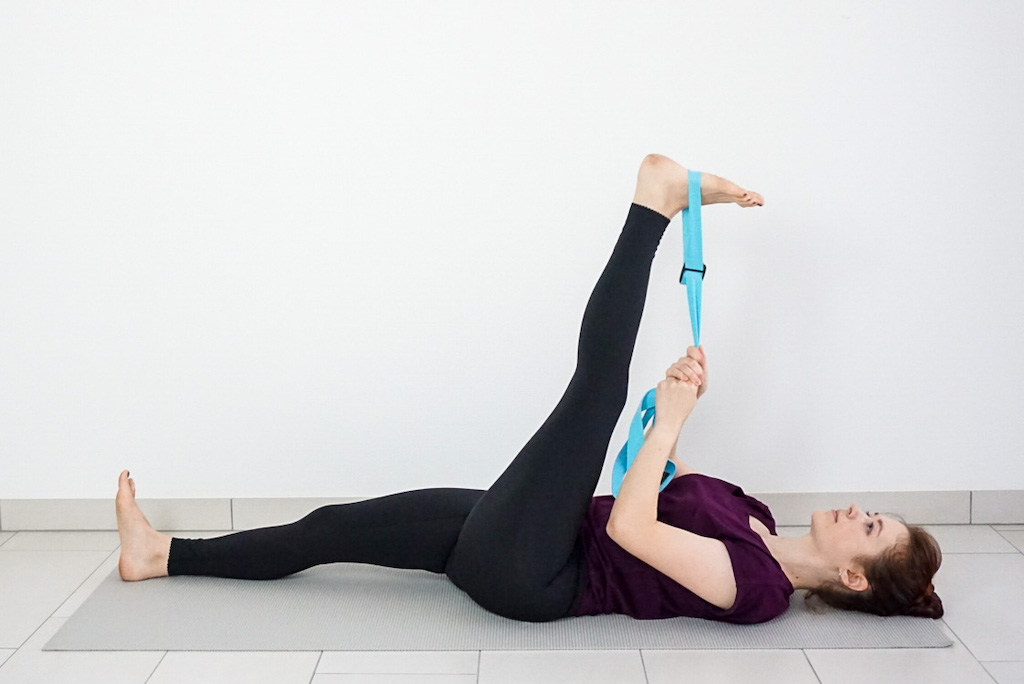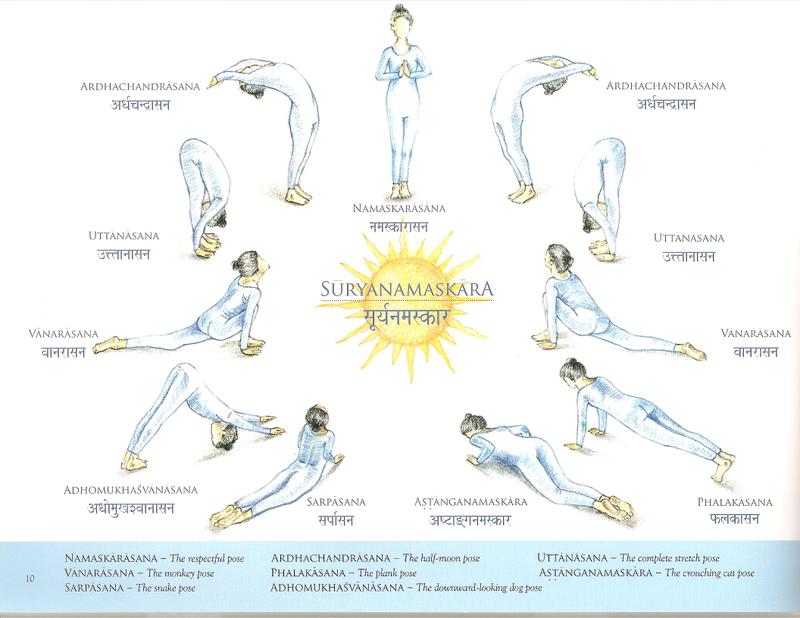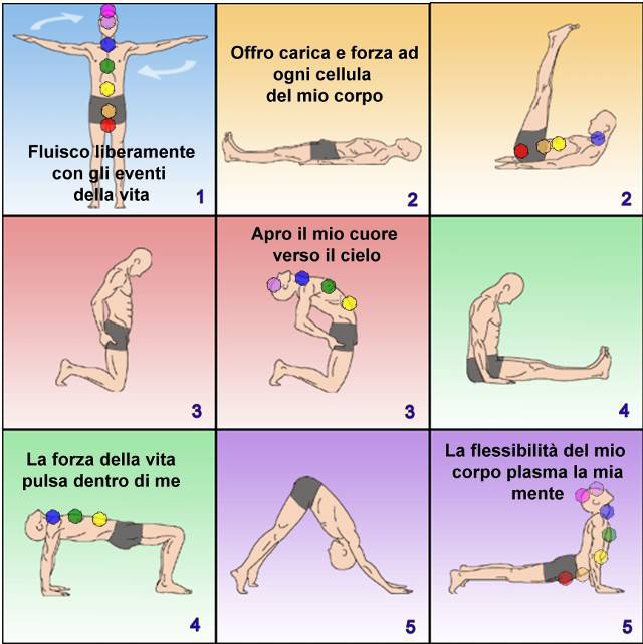
A yoga routine for runners can improve flexibility and balance. You can also practice mindfulness yoga, which focuses on meditation. Follow Adrienne's Yoga With Adrienne Yoga Routine on YouTube. Watch Adrienne's videos to learn more. The exercises in her videos will also help you to relax and increase your focus.
Runner's stretch
The quadriceps is a group that helps stabilize the hip joint. The quads can become stiff and painful if they aren't able to move. This pose, called a "runner's stretch," works these muscles by cross-over the ankles to the knees.
Begin in tadasana (mountain position) to do a Runner's pose in yoga. Next, bend your front leg at a 90-degree angle, lowering your hands to the floor. Next, straighten your front leg slowly while breathing deeply. You can relax your legs and hamstrings by taking three to five deep, slow breaths.

Runner's stretch in yoga can help athletes recover after a long run. To overcome negative thoughts runners can also try yogic breath techniques. These techniques will help runners stay present and not dwell on the past. For runners who are looking to stretch their stiff legs in yoga, a yoga strap is another option. You can use an old tie or a dressing gown belt as a strap.
The "wall posture" is another great stretch for the hips and glutes of runners. This is a great post-run stretch.
Tree pose
Tree Pose requires you to maintain proper alignment. Avoid letting your hips raise and putting too much pressure onto your knee. This can lead to injury. Avoid putting your left foot on your right knee. Instead, place it slightly in front your right knee.
Tree Pose has many benefits for runners, including improved balance, hip openness, and a stronger core. It can also help to alleviate sciatica or flat feet. The tree pose increases strength in the calves/ankles and can ease hamstring/knee problems.

Tree Pose makes a great post run stretch. It helps to strengthen your quads. It is simple to do and will benefit all levels. To keep their body and minds in good shape, runners should do this stretch often. It can prevent injuries and allow you to recover quickly.
Tree Pose requires that you maintain a balanced posture during the exercise. If you have a history of headaches or low blood pressure, avoid performing this pose. It is important to be careful when performing the pose if you have knee pain. Proper form, which is essential, should be followed for as long time as possible. Yoga or any exercise regimen should be avoided if you have a medical condition.
FAQ
I already do some type of exercise. Can yoga still be beneficial to me?
Yes! Yoga can be beneficial for anyone, even if they are not physically active. You will achieve more significant results when you combine yoga with other exercises such as running, cycling, swimming, or lifting weights.
This is because yoga helps to improve your ability to concentrate on breathing and burn calories more quickly.
Yoga can also help you increase your endurance. No matter your level of experience, yoga can bring you the benefits.
Do I need warm up before I do yoga
No. It's not necessary to warm-up before doing a yoga session.
However, stretching your muscles before going to exercise can help to relax stiff or sore muscles.
How does yoga impact mental health?
Yoga is an ancient tradition that originated in India. It was developed as a means to relieve stress and relax. Many people now use yoga to deal with anxiety, panic attacks (panic attacks), depression, chronic pain, insomnia, and other conditions.
Yoga may help relieve symptoms such as arthritis, backaches, headaches, high bloodpressure, and arthritis. Many who have done yoga report feeling calmer, happier.
What happens if you stop doing yoga?
It is normal to lose enthusiasm after a while. Yoga may cause stiffness in your body if you stop regularly practicing it. Poor posture, lack exercise, and simply ageing can cause stiffness.
It may become less flexible as you age, so consider retaking a few classes. Make sure to keep up with your daily routine. Exercise can strengthen your bones, muscles and joints. Get enough sleep and eat well.
Statistics
- A 2020 review of 27 studies (1,805 total participants) of yoga interventions in children or adolescents found reductions in anxiety or depression in 70 percent of the studies, with more promising results for anxiety. (nccih.nih.gov)
- According to the Agency for Healthcare Research and Quality, falls are incredibly common among older adults in nursing facilities. Even the simplest ones can increase the risk of death (24). (healthline.com)
- In comparison, a 125-pound person is estimated to burn 135 calories in 30 minutes of walking (at a pace of 15-minute miles) and 210 calories bicycling at a moderate pace on a stationary bike. (everydayhealth.com)
- According to calorie estimates calculated at Harvard Medical School, the average 125-pound person burns about 120 calories in a half hour of hatha yoga, and a 185-pound person burns about 178 calories in that half hour. (everydayhealth.com)
- The people in the yoga group were 37 percent more likely to have quit smoking by the end of the 8-week program. (nccih.nih.gov)
External Links
How To
What is the best location to practice yoga in?
There is no one right way to do yoga. Everybody is unique. It is enough to find the position that feels most comfortable for you.
Here are some commonly used positions:
Standing poses – These poses are good for beginners. They allow you to look at your body from different angles. These poses make it easier for you to focus on your breath.
Forward bends- Forward bends can often be used to release tight areas. You can do them sitting down or lying down.
Backbends. Backbends generally are considered advanced poses. Instructors can help you decide if this is a pose you would like to try.
Inversions – Inversions require you to balance upside down. This type of yoga is challenging, but it can be rewarding.